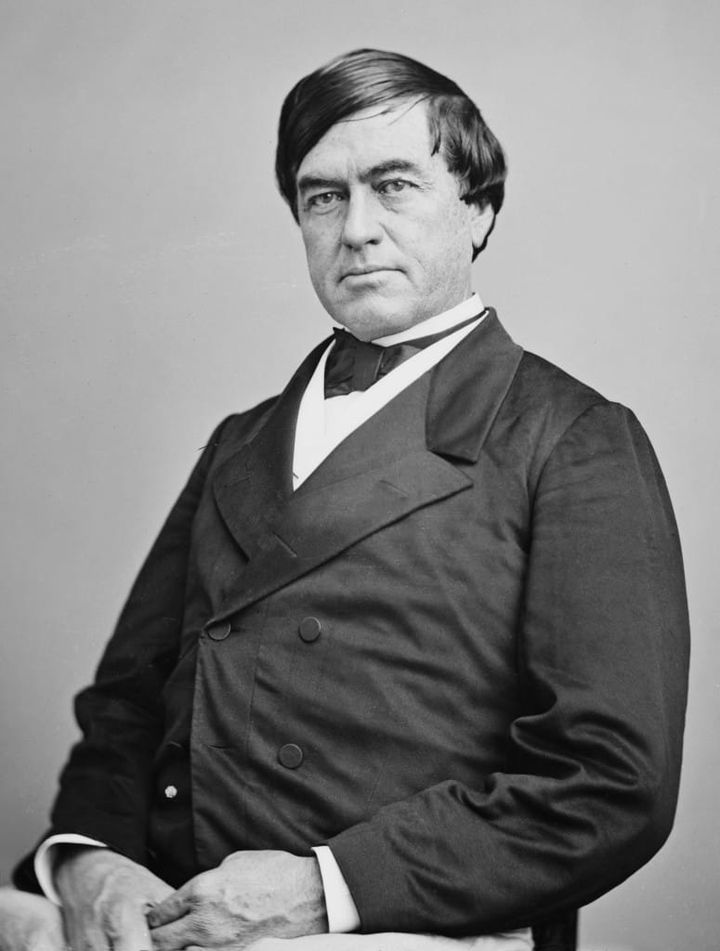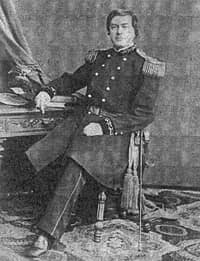Meet Major-General Cassius Marcellus Clay, the Lion of White Hall

Long story short, this dude was an absolute savage that didn’t give a sh*t about what others thought of him.
Born into a wealthy slave-owning family in 1810 Kentucky, Cassius would grow up to be a strong abolitionist in the 1830s. This was usually a dangerous position to take in the Southern U.S. at the time, and he made a lot of enemies as a result. This situation became even worse after his father died. Upon inheriting the estate, Clay freed all his family slaves and even gave them land and money.
A Fierce Abolitionist and Duelist

Instead of backing down, Clay would challenge anyone and everyone who had grief with him to a duel, becoming known as the deadliest abolitionist alive. Soon no one wanted to face him in any duel. However, this did not stop some slave owners from hiring an assassin to kill him while he was giving another anti-slavery speech.
Unfortunately for the assassin, his bullet actually hit the Bowie knife Clay always carried. The assassin soon found himself being wailed on by his would-be target. Clay ended up disfiguring the assassin by cutting off his nose and gouging out one of his eyes. Amazingly, the man survived the assault and even took Clay to court for his wounds. However, Clay got off as his lawyer stated, “It was just standard Kentuckian behavior.” 100% serious.
Military Career and Heroism
After a while, Clay joined the army and saw action in the Mexican-American War. His unit was captured, and after a few managed to escape, Clay pleaded with the Mexicans to only kill him and his officers, and not to kill his men. The Mexicans were so impressed by his plea that they spared his entire unit. Clay returned home a war hero for his actions and continued making speeches against slavery, pissing off even more people.
The Fortress and Later Life

However, no one was stupid enough to fight Clay, as his reputation as a deadly gunman had spread. At one point, he turned a printing house he operated into a mini fortress, complete with cannons and a fully stocked armory.
There were many other things Clay did in his life, such as serving as an ambassador to Imperial Russia and convincing the monarch to support the U.S. during the Civil War. He also killed another would-be assassin and seriously wounded his five accomplices.
But let’s just say Clay was willing to fight and die for what he genuinely believed in. Yet he lived up to the ripe old age of 92.










